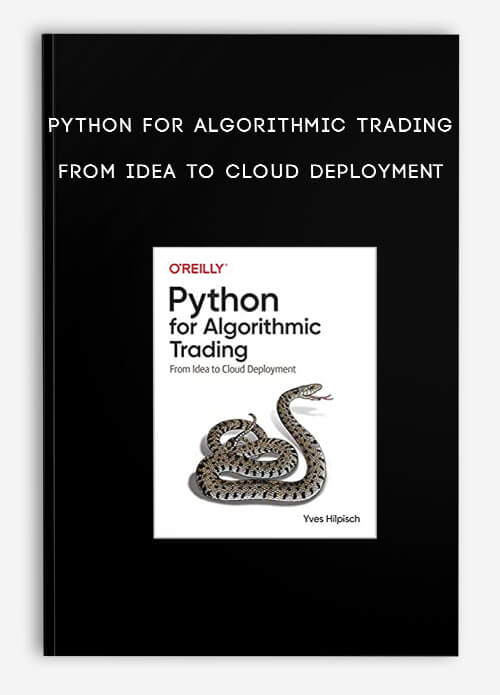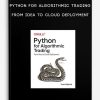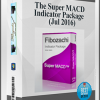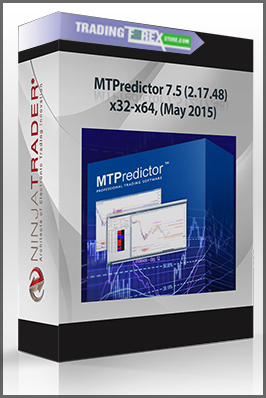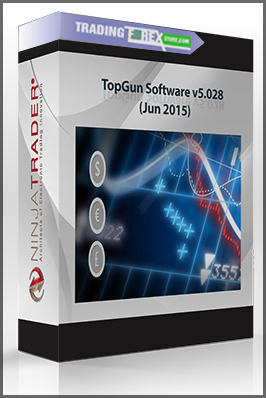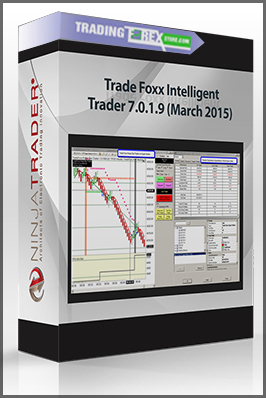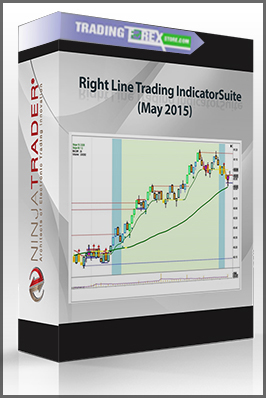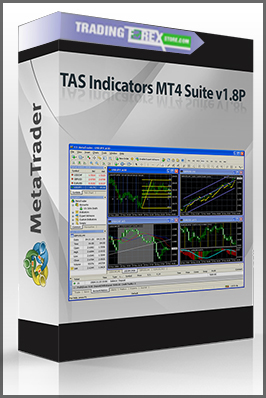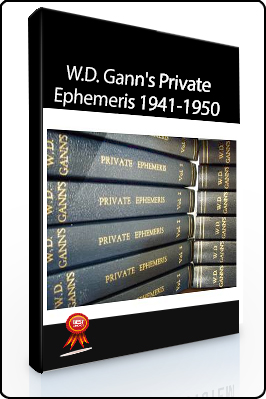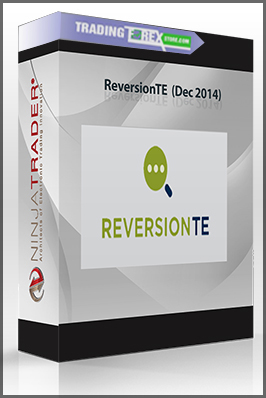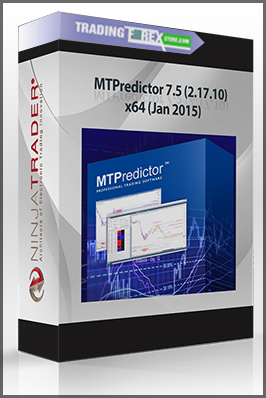Python for Algorithmic Trading – From Idea to Cloud Deployment
$45.00
Product Include:EPUB
File size:18.77 MB
- Description
Description
Python for Algorithmic Trading – From Idea to Cloud Deployment
**More information:
Get Python for Algorithmic Trading – From Idea to Cloud Deployment at bestoftrader.com
Description
epub | 18.77 MB | English
Author: Yves Hilpisch | PAge: 586 | Year: 2020
Algorithmic trading, once the exclusive domain of institutional players, is now open to small organizations and individual traders using online platforms. The tool of choice for many traders today is Python and its ecosystem of powerful packages. In this practical book, author Yves Hilpisch shows students, academics, and practitioners how to use Python in the fascinating field of algorithmic trading.
You’ll learn several ways to apply Python to different aspects of algorithmic trading, such as backtesting trading strategies and interacting with online trading platforms. Some of the biggest buy- and sell-side institutions make heavy use of Python. By exploring options for systematically building and deploying automated algorithmic trading strategies, this book will help you level the playing field.
- Set up a proper Python environment for algorithmic trading
- Learn how to retrieve financial data from public and proprietary data sources
- Explore vectorization for financial analytics with NumPy and pandas
- Master vectorized backtesting of different algorithmic trading strategies
- Generate market predictions by using machine learning and deep learning
- Tackle real-time processing of streaming data with socket programming tools
- Implement automated algorithmic trading strategies with the OANDA and FXCM trading platforms
Category:Personal Finance Software, Algorithm Programming, Personal Finance Software
Trading Course
So what is trading?
Trade involves the transfer of goods or services from one person or entity to another, often in exchange for money.
Economists refer to a system or network that allows trade as a market.
An early form of trade, barter, saw the direct exchange of goods and services for other goods and services.
Barter involves trading things without the use of money. When either bartering party started to involve precious metals,
these gained symbolic as well as practical importance.[citation needed] Modern traders generally negotiate through a medium of exchange,
such as money. As a result, buying can be separated from selling, or earning. The invention of money (and later of credit,
paper money and non-physical money) greatly simplified and promoted trade.
Trade between two traders is called bilateral trade, while trade involving more than two traders is called multilateral trade.

